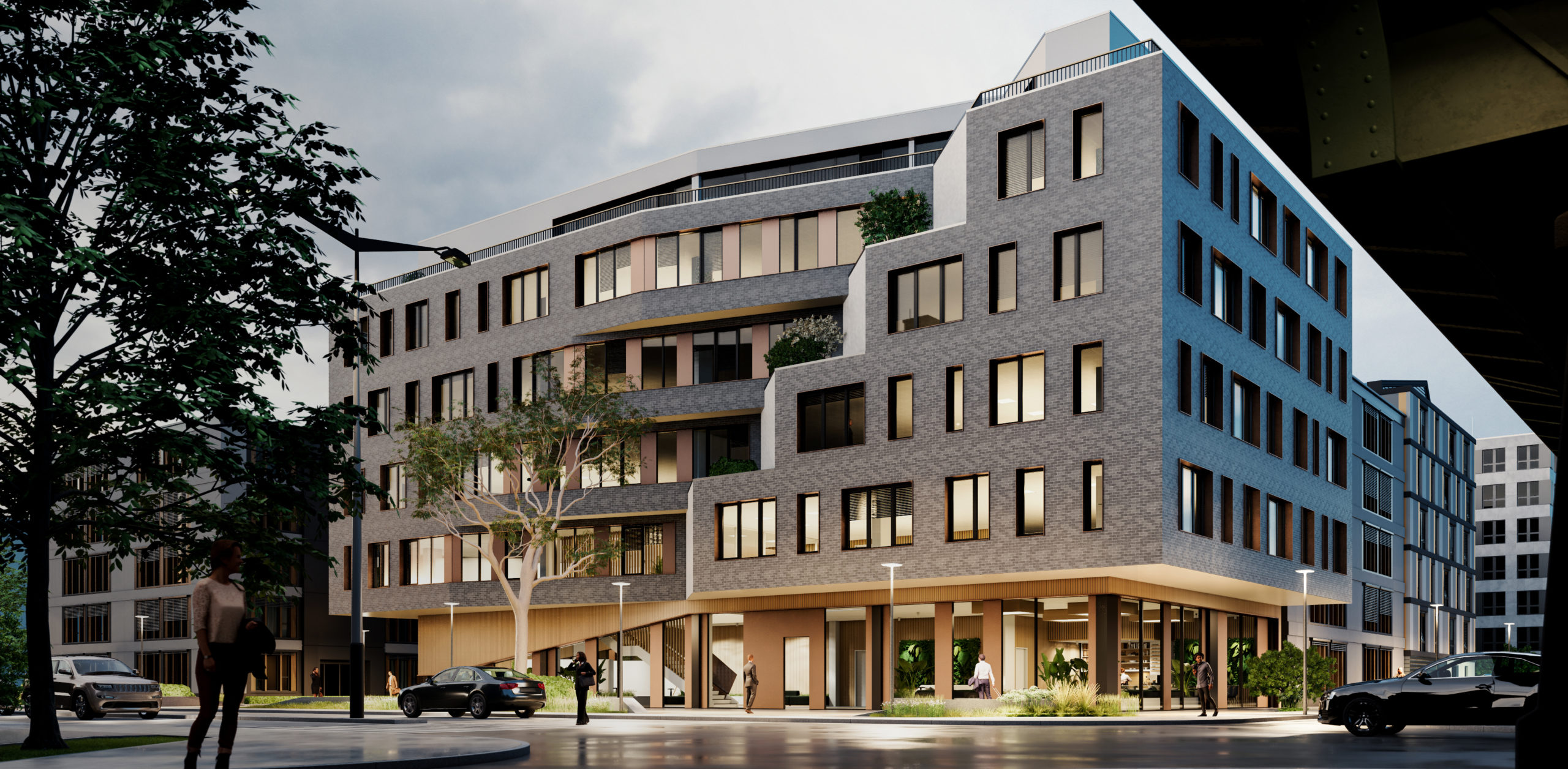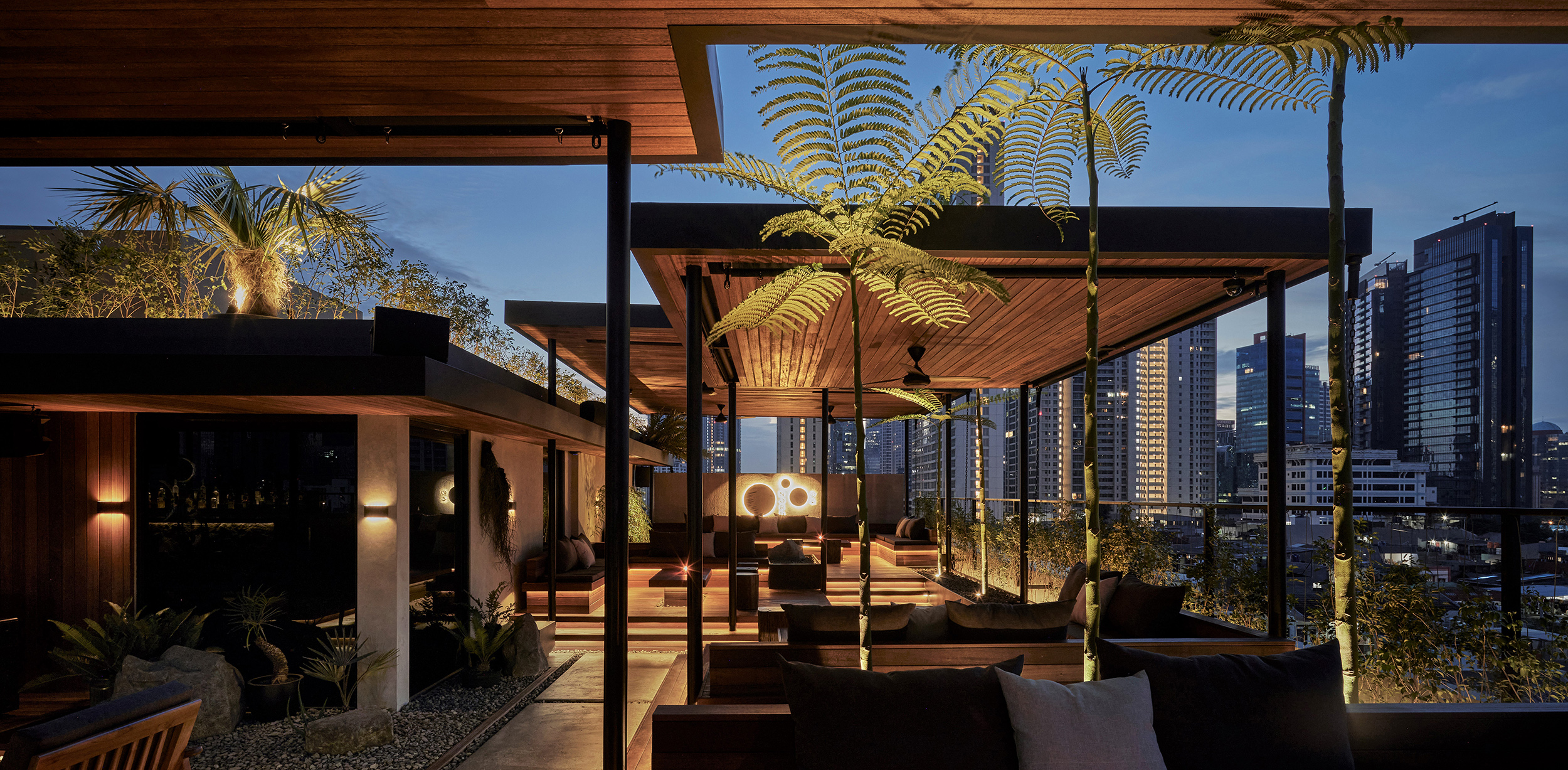Jonathan Ward, FAIA, is design partner at NBBJ.
The 20th-century architect of popular imagination is a lone genius — a bristly, high-minded idealist in service of a grand architectural vision. Their designs transformed urban life, turning low-rise brick cities into the tall, dense, glass-and-steel metropolises we know today. But, at what cost?
Tunnel-visioned planning policy and design that favored cars, form-making, functionality and/or development above all else has made cities less livable and contributed to health issues, climate change and urban sprawl. Yet, the power of design also gives us the opportunity to rethink the built environment to engender healthier ways of life, stronger communities and sustainable development.
Rather than a lone genius, the 21st-century calls for an architecture of empathy. Instead of grand architectural ideals alone, we need to harness close listening and emotional intelligence as catalysts for innovation. We should foremost strive to understand the needs of the people we serve and the places where we build, and then find bold ways to answer those needs. To achieve this, at NBBJ we like to think of architecture as an invitation to listen, ask and innovate.
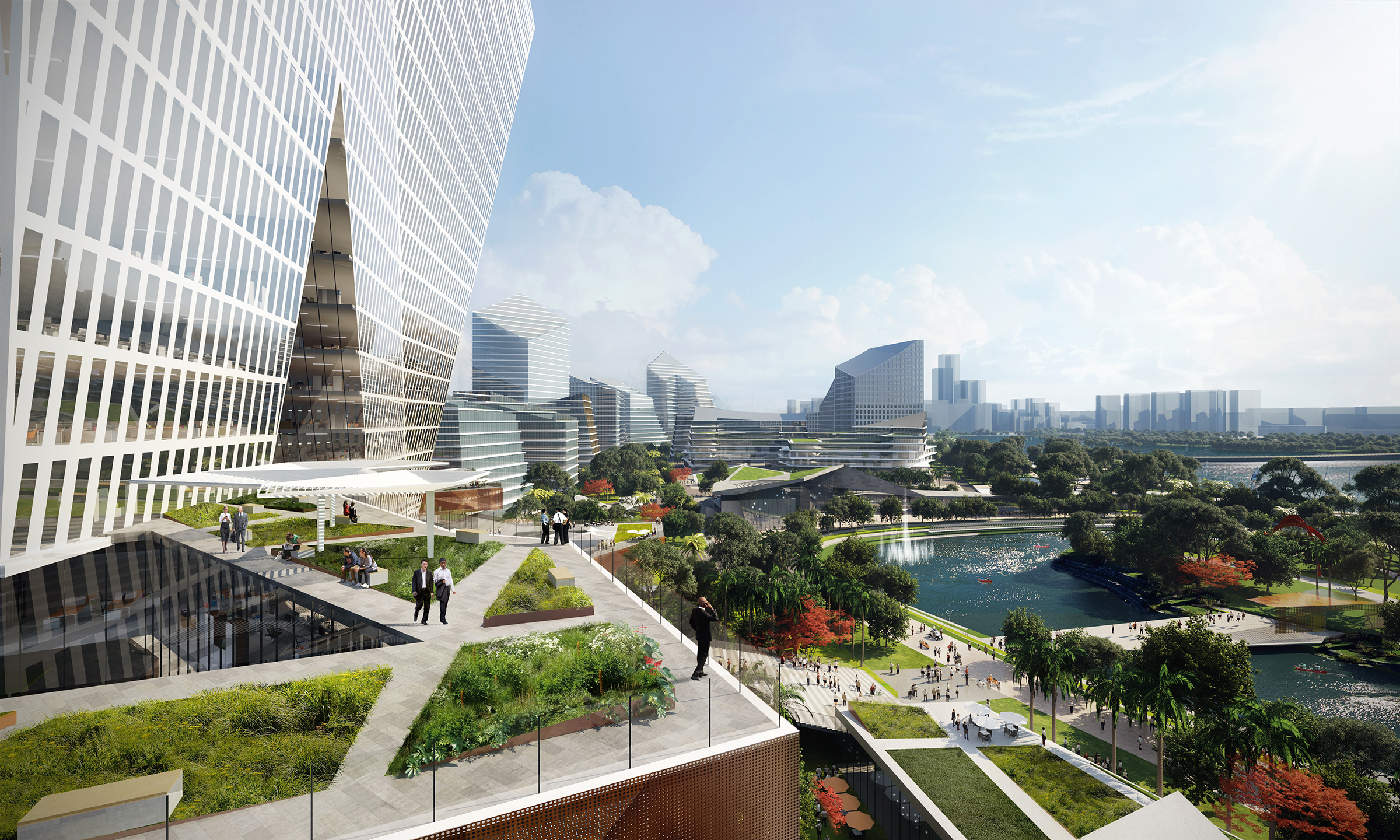
Tencent Net City by NBBJ, Shenzhen, China. Image courtesy of the author.
Listen
Empathy starts with listening. Design must begin with embedding ourselves into our locations — for example, by doing community service and local engagement — to discover what cultural context and global concerns like climate change say about what a building or city could be. By breaking down these silos, we can design buildings that work not just spatially but holistically.
Ask
Listening to what people want out of their buildings and cities helps us ask daring questions and rethink design from the ground up. Take, for example, the models of the office tower and office campus. As an interconnected, walkable and mixed-use environment, the campus offers several benefits that seem impossible to achieve in a tower. But is that truly the case? Could we rethink towers to be environments that connect people: to each other, to their cities and to the environment?
Innovate
For all the innovation in architecture, a crucial question often gets lost: for what sake? Meaningful innovation is not an end in itself but a means of answering the needs of a community, place and environment. Empathetic design helps us identify those needs, and forward-looking processes like computational design and the latest neuroscience research allow us to develop options that answer them. With computational processes, we can test options against parameters like the walkability of a neighborhood or the likelihood of collaboration between employees in an office. With neuroscience research, we can better understand how people respond to their environments to provoke healthier outcomes.
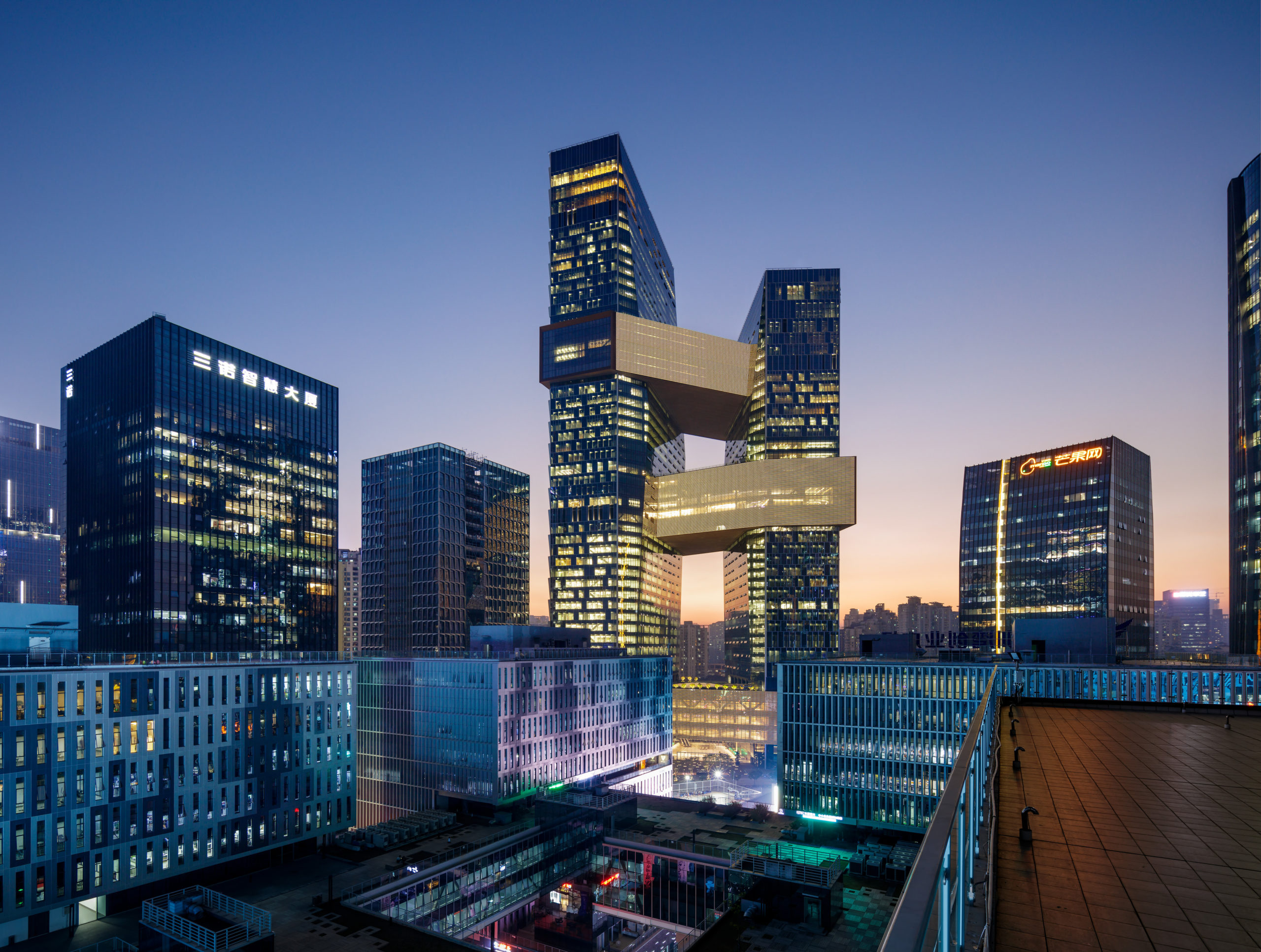
Tencent Seafront Towers by NBBJ, Shenzhen, China. Images courtesy of the author.
Empathy in Action
How can empathy reshape our built environments, from our workplaces to the city neighborhoods?
Office Towers and Restorative Work
What do employees want out of their workplace? Two common issues employees report are feeling disconnected from their teams and frustrated with inflexible formats that require them to be at the office to complete independent work. How could office design make for more interconnected spaces that support flexible working models?
What if we rethought the office as a restorative place — a place where one leaves healthier than when they arrived? The workplace can provide experiences that support individuals, teams, organizations, and communities — supporting encouraging work tasks and activities that enrich employees holistically. Examples include spaces that promote physical mobility, prioritizing natural lighting and clean air, and planning for fitness amenities.
Centripetal Floors and Vertical Village
How could offices be designed more like other public forums that hinge on a central gathering space? The typical approach to tower design — suspending floors from a central core — makes sense from a structural standpoint, but not necessarily for an end-user. These floors act centrifugally, pushing people to the perimeters of the building where they feel isolated from their colleagues. A centripetal floor, on the other hand, would be held together by a central gathering space that promotes visual interconnectivity and encourages communication. One way to achieve this would be to move the structural cores to the perimeters of the tower, opening up the center as a communal space.
What if we thought of vertical program stacks in a tower as self-contained neighborhoods or vertical villages? A successful neighborhood needs both a healthy mix of uses and a dense network of connections linking them cohesively. Applying this idea to tower design, it becomes clear that communal spaces — like breakout rooms, conference areas, libraries and cafeterias — can serve an analogous purpose to city parks and squares, creating horizontal and vertical connections that bind floors into communities. Tencent’s Shenzhen headquarters does just this, emphasizing vertical interconnectivity and a mix of collaborative and social spaces.
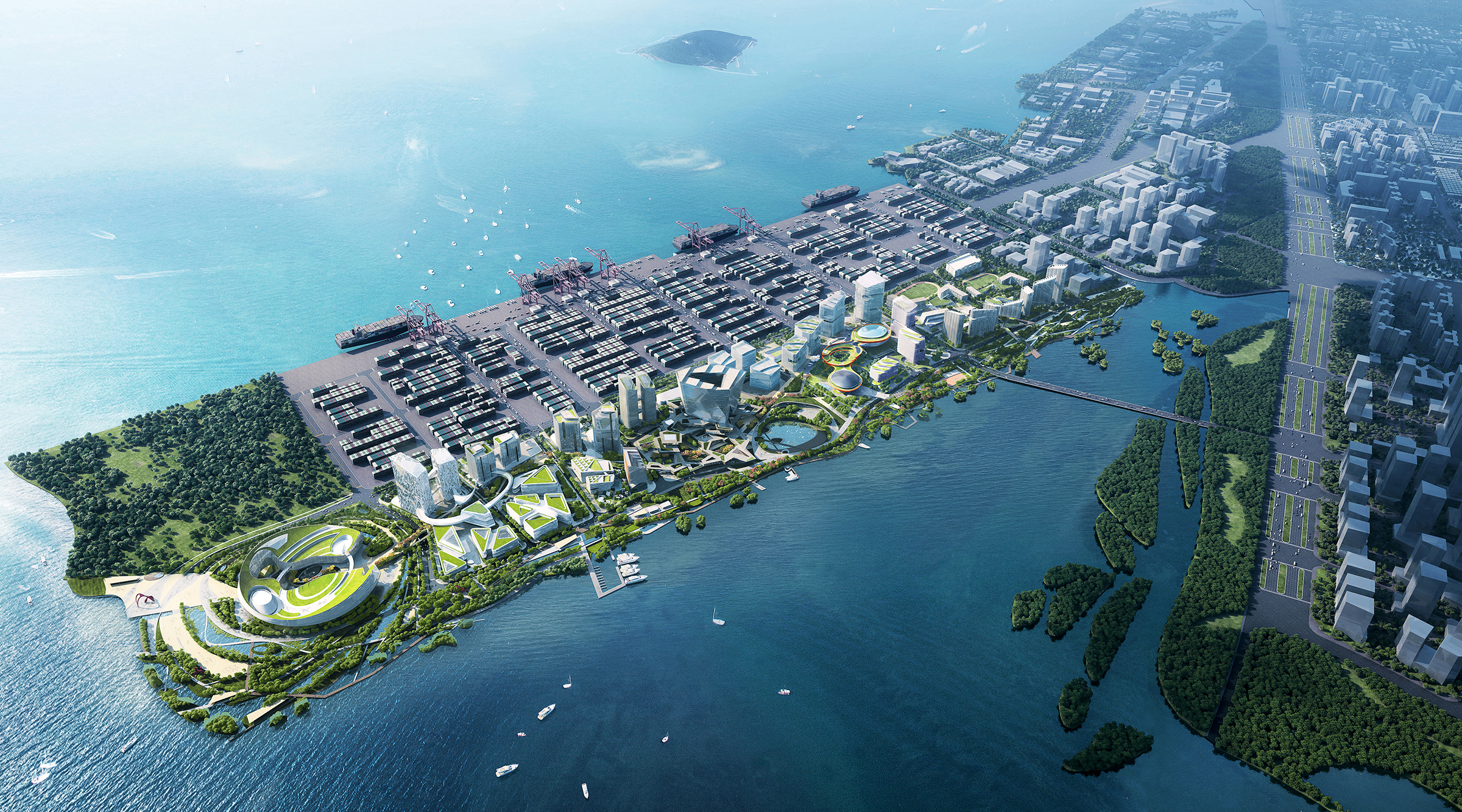
Tencent Net City by NBBJ. Rendering courtesy of author.
Humanizing Cities
Car-centric planning has caused many problems, including health issues like obesity and diabetes, pollution and climate change, and leaving neighborhoods without the essential places for daily and community life. How could we design cities that understand and prioritize the needs of people, communities, and the environment? How can cities become more human-centered?
Ideas like the 15-minute city (where day-to-day services are concentrated in walkable neighborhoods), superblocks (where neighborhoods become pedestrianized except for essential vehicles) and tactical urbanism (designing interventions that reshape how people inhabit cities) are helping take back the city from cars. No matter the strategy, humanizing cities starts with listening to the community.
This ethos is at the core of forward-thinking plans like Boston Transit Department’s Allston-Brighton Mobility Study — a long-term strategy that supports continued development while giving the streets back to the community. The public participated in the planning process from the outset, contributing ideas through online mapping exercises, open houses, small group charrettes and submitting stories about their connections to places in the neighborhood. Their ideas are now being brought to life in a multi-modal transit plan that will turn Harvard Avenue into a pedestrian-only street and make all roads safer for pedestrians, train, bicycle and automobile traffic.
Urban Ecology
Could cities provide a meaningful experience of nature? In her book The Nature Fix, writer Florence Williams outlines what she calls the nature pyramid, positing that people need differing “frequency, duration, and intensity of immersion” in nature to be well. Rather than thinking of the city as opposed to nature, could we think of the city as nature to design for a complete nature pyramid?
In the US, ambitious projects are rethinking urban infrastructure as places for nature. Projects like Nickel Plate Trail outside Indianapolis, Rail Park in Philadelphia and the LA River Initiative take a new approach to multipurpose infrastructure that adds greenspace, restores habits, manages climate and offers new recreation and transit options.
Could new urban development strengthen local ecologies and support biodiversity? Across Asia, the increasingly popular ‘Sponge City’ model looks to address flooding, water shortages and water pollution, by turning cities into landscape sponges that capture, store and reuse rainwater.
For Tencent’s 22-million square foot Net City masterplan in Shenzhen, a series of green pathways and corridors, open public greenspace, mangrove plantings along the district’s waterfront. Similarly, cities around the world like Portland and Oslo are exploring urban design that embraces natural cycles and processes, including incorporating butterfly and bee highways and urban wildlife corridors to create safe habitats for birds, animals, and other wildlife.
Jonathan Ward, FAIA, is design partner at NBBJ.
Should your firm be considered among the world’s best architecture firms? Find out more about Architizer’s 10th Annual A+ Awards program, opening this fall: Sign up to receive key program updates and deadline reminders.

